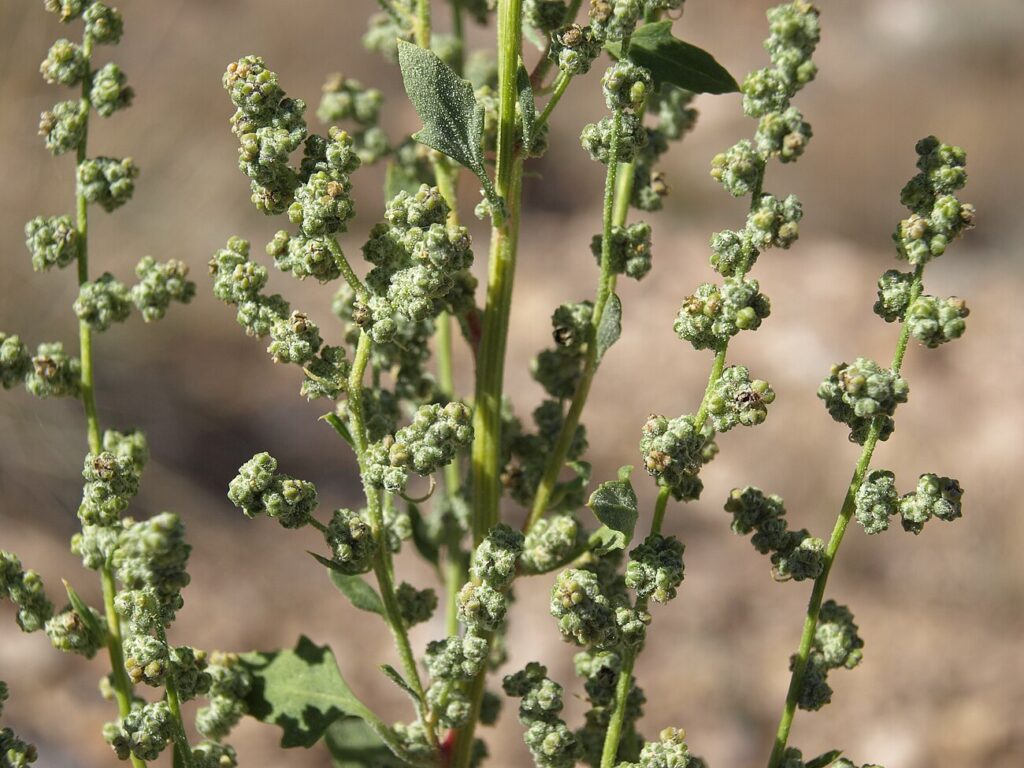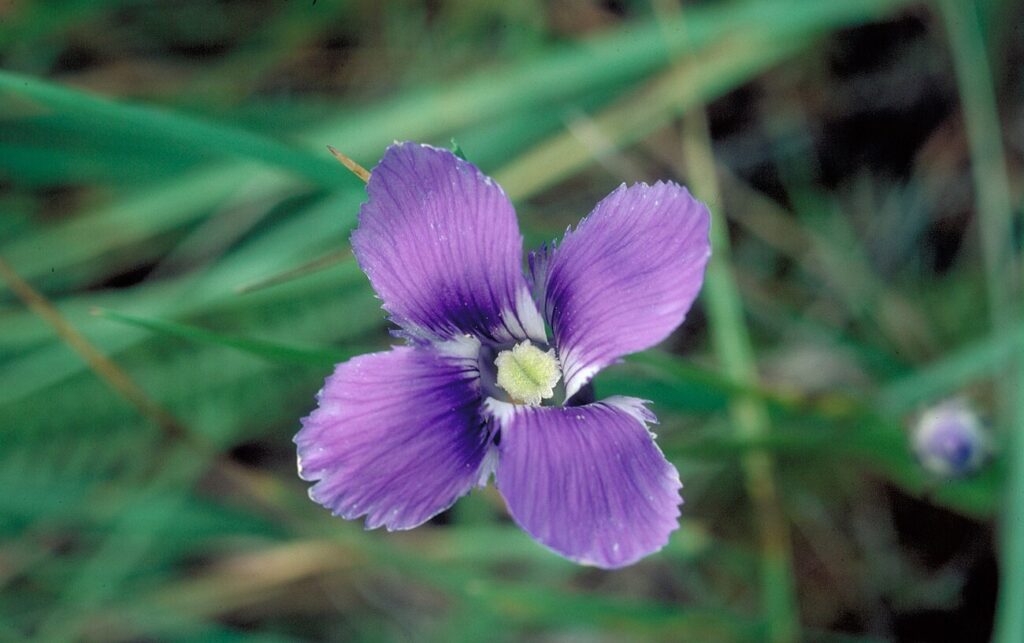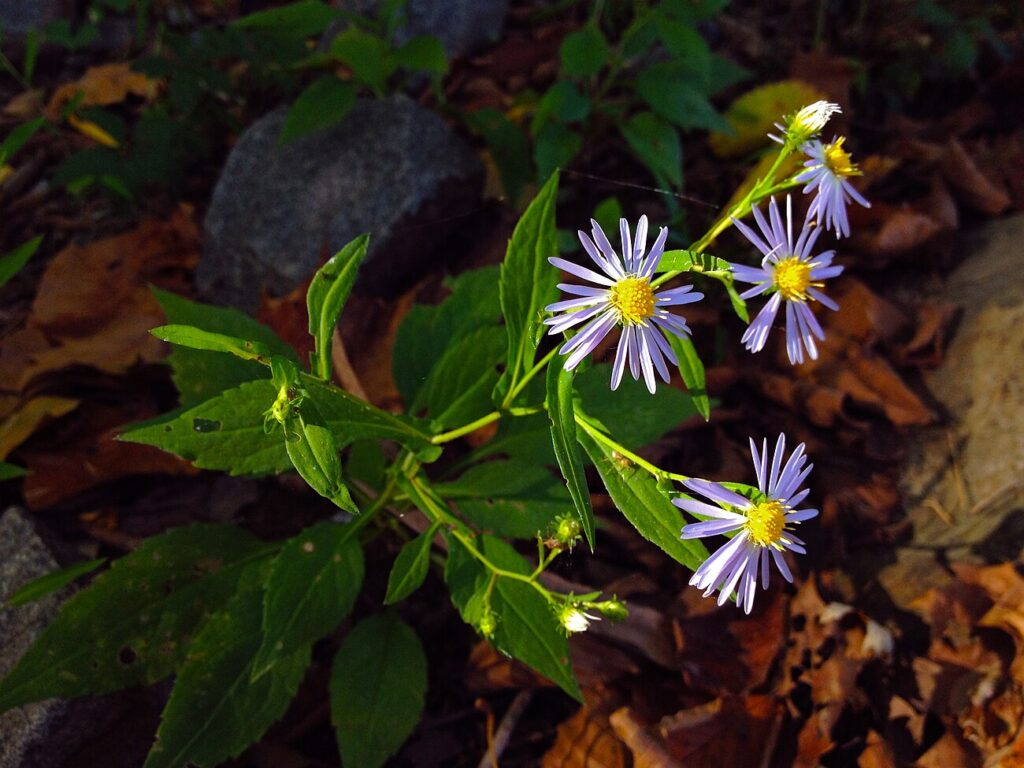Exploring Yellow Widelip Orchid
Scientifically recognized as Maxillaria variabilis and classified under Orchidaceae, stands out as a distinctive Herbaceous perennial known for its unique characteristics. While it may also be found under other Synonyms, Maxillaria amesiana.withN/A form. You can use our free plant care app PlantPlants to identify Yellow Widelip Orchid.
Temperature
55 F (13 C) min 90 F (32 C) max
Watering
Keep moist, but not waterlogged
Fertilizing
Balanced orchid fertilizer (30-10-10)
Sunlight
Prefers filtered sunlight to partial shade
Toxicity
Non-toxic



Appearance and Growth Of Yellow Widelip Orchid
At maturity, this species reaches approximately 12-20 inches, presenting Narrow, strap-like, green leaves along with Bright yellow flowers with a wide lip, followed by Capsules containing small seeds. These features are supported by a reliable Clumping, fibrous roots, ensuring stability and sustained growth.
Yellow Widelip Orchid Origin and Habitat
Native to Central and South America, Yellow Widelip Orchid thrives in Tropical forests, often found in humid, shaded areas at elevations around 500 to 1,500 meters. Best suited for USDA Hardiness Zone 10-12. Whether grown indoor, in a curated garden or a more natural setting, its ecological requirements help maintain its vigor over time.



How to take Care of Yellow Widelip Orchid
Light, Soil and Watering Yellow Widelip Orchid.
You can use our free plant identify app PlantPlants to chose the best spot for Yellow Widelip Orchid, This plant prefers Prefers filtered sunlight to partial shade and flourishes in Well-draining, loose potting mix, often containing bark or sphagnum moss with a soil pH of about 5.5 6.5.
Yellow Widelip Orchid needs watering,Keep moist, but not waterlogged, guided by PlantPlants app, You can get plants daily watering schedule. to maintain Moderate to high moisture, ensure steady hydration. Applying water through Bottom watering or overhead misting supports even distribution and helps prevent overwatering or dryness.
Temperature and Humidity
Yellow Widelip Orchid performs best within 65 F 85 F (18 C 29 C). Its ideal growth occurs at around 75 F (24 C), though it tolerates ranges from 55 F (13 C) min 90 F (32 C) max. Additionally, maintaining 60%-80% humidity encourages healthy foliage and overall plant vigor.
Fertilization & Soil Health
Feeding with Balanced orchid fertilizer (30-10-10) at the recommended Seasonal Application Frequency on PlantPlants App keeps nutrients balanced. Incorporating Addition of orchid bark, perlite enhances soil structure and fertility, while staying alert to Yellowing leaves helps you adjust care as needed to maintain optimal plant health.
Routine and Maintenance
Regular attention ensures this plant’s beauty and longevity. After flowering for Remove spent flower spikes and dead leaves tidies its appearance, while Every 2-3 years may be necessary as it grows, requiring a Increase pot size by 1-2 inches increase and a fresh Orchid potting mix with good drainage. for Staking or Support. Not necessary, as plants grow upright.
Seasonal Changes and Propagation of Yellow Widelip Orchid
During Winter, reduced growth, growth may slow and some Leaves may lose color but generally remain intact can occur. For those looking to propagate, consider Division of rhizomes and provide Requires sterile conditions, specific temperature and humidity when starting from seed. If using cuttings, follow Not typically propagated by cuttings due to clumping nature to ensure successful rooting and healthy new plants.
Pests, Diseases and Prevention
our free plant identify and care app PlantPlants can help you diagnosisYellow Widelip Orchid problems.Though generally robust, keep watch for Aphids, spider mites, scale insects and remain vigilant against Root rot, fungal infections. Implementing Regular inspection and maintaining humidity and applying Insecticidal soap for pests; adjust watering for root rot when issues arise will help sustain the plant thriving.
Companions and Uses of Yellow Widelip Orchid
This plant pairs nicely with Other orchids, shade-loving understory plants and shows No known allelopathic effects, making it a flexible choice for various Tropical gardens, indoor plant displays.
Edible and Cultural Aspects
the Edible Parts: Not commonly consumed. Toxicty of Yellow Widelip Orchid, Non-toxic. learning about its N/A, Primarily ornamental, not used in cooking, and N/A can be intriguing for culinary explorers. Some traditions highlight its None documented or note its Valued for ornamental beauty in many cultures.
Conservation and Status
With an Not evaluated, proper Habitat preservation, avoiding wild collection
Frequently Asked Questions
1. What light conditions do yellow widelip orchids prefer?
They thrive in filtered sunlight to partial shade.
2. How often should I water my yellow widelip orchid?
Water every 5-7 days in summer and adjust to 10-14 days in winter.
3. What soil type is best for yellow widelip orchids?
Use a well-draining potting mix designed for orchids, often with bark or sphagnum moss.
4. When is the best time to repot?
Repot every 2-3 years or as growth outgrows its pot.
5. Are yellow widelip orchids prone to pests?
Yes, common pests include aphids and spider mites; check regularly.
6. How can I propagate yellow widelip orchids?
They can be propagated by division of rhizomes.
7. What temperature range do they prefer?
They prefer temperatures between 65 F 85 F (18 C 29 C).
8. Do yellow widelip orchids require high humidity?
Yes, they thrive in humidity levels of 60%-80%.
9. What fertilizers should I use for them?
A balanced orchid fertilizer with a ratio like 30-10-10 is recommended.
10. Can yellow widelip orchids thrive indoors?
Yes, they can be grown indoors with adequate light and humidity.


